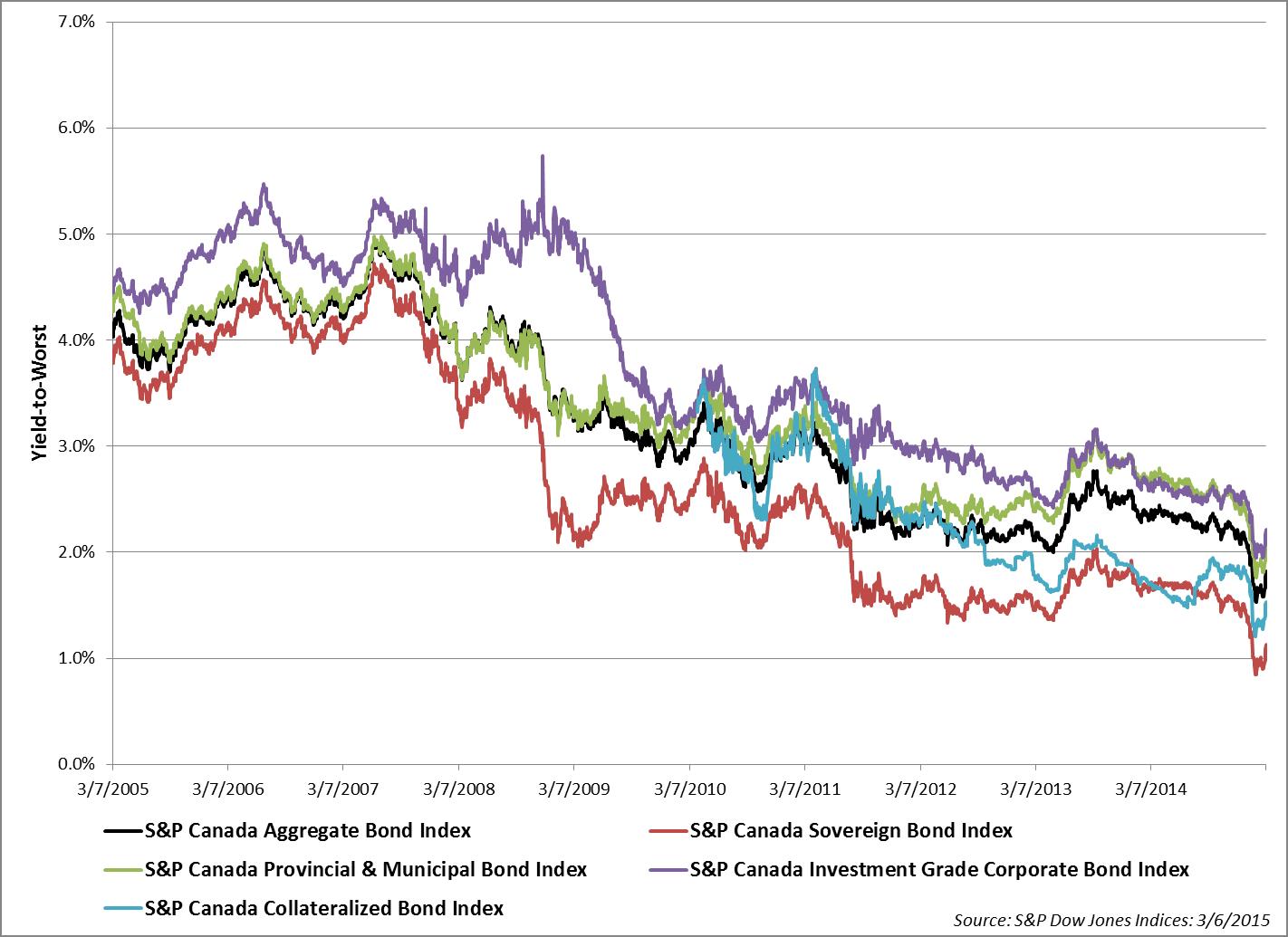The facts are that over the long term actively managed bond funds don’t outperform their benchmark and in the short term, only some asset classes outperformed their benchmarks.
This is all counter intuitive. Actively managed bond funds have the people, data and tools for credit selection, can adjust for term structure and duration risk and have control over the timing of bond purchases and sales. Based on this the majority of actively managed bond funds should be consistently outperforming their benchmarks over both the short and long term. A quick look at performance trends according to the most recent S&P Dow Jones Indices SPIVA U.S. Scorecard for year-end 2014 gives us a reality check.
The Scorecard shows:
- 2014 was a period of strength for the long end of the bond curve as interest rates moved lower. It would make sense that high quality long term bond funds would also show strength as well. That is not what happened. Over 97% of long term U.S. Treasury bond funds and over 98% of long term investment grade bond funds underperformed their benchmarks for the 2014 calendar year. Over longer periods of time such as a 5 and 10 year periods the statistics are equally telling with over 95% of long term bond funds underperforming.
- High yield bond funds have consistently underperformed their benchmarks for the 1, 3, 5 and 10 year periods of time. Over 73% of high yield bond funds underperformed their benchmark in 2014. Over the 5 and 10 year periods that underperformance was 88% and 92% respectively.
- Actively managed senior loan funds haven’t done much better. 60% of actively managed loan funds underperformed their benchmark in 2014. Over a 3 year period, over 69% of those funds underperformed their benchmark.
- Investment grade intermediate bond funds had good results with only 30% of the actively managed funds underperforming verses their benchmark in 2014. Still over the 10 year period 49% of those funds have underperformed.
- The over the counter and less liquid U.S. municipal bond market could be an area where actively managed funds shine. Over 39% of the actively managed municipal bond funds underperformed their benchmark in 2014. It seems to be hit or miss in the 5 year period as over 45% of those funds underperformed. However, over a 10 year period of time over 70% of those funds have underperformed their benchmark.
















































